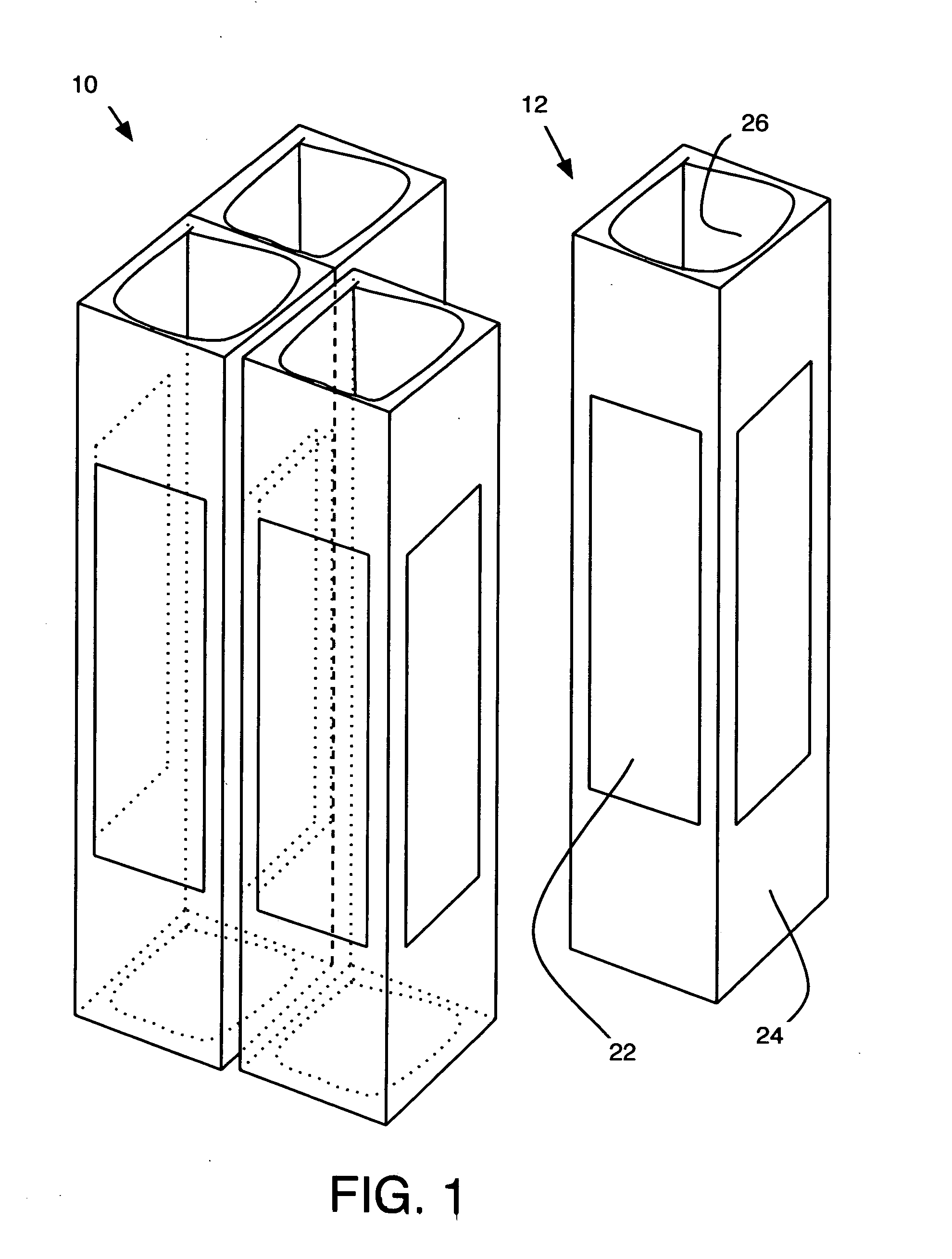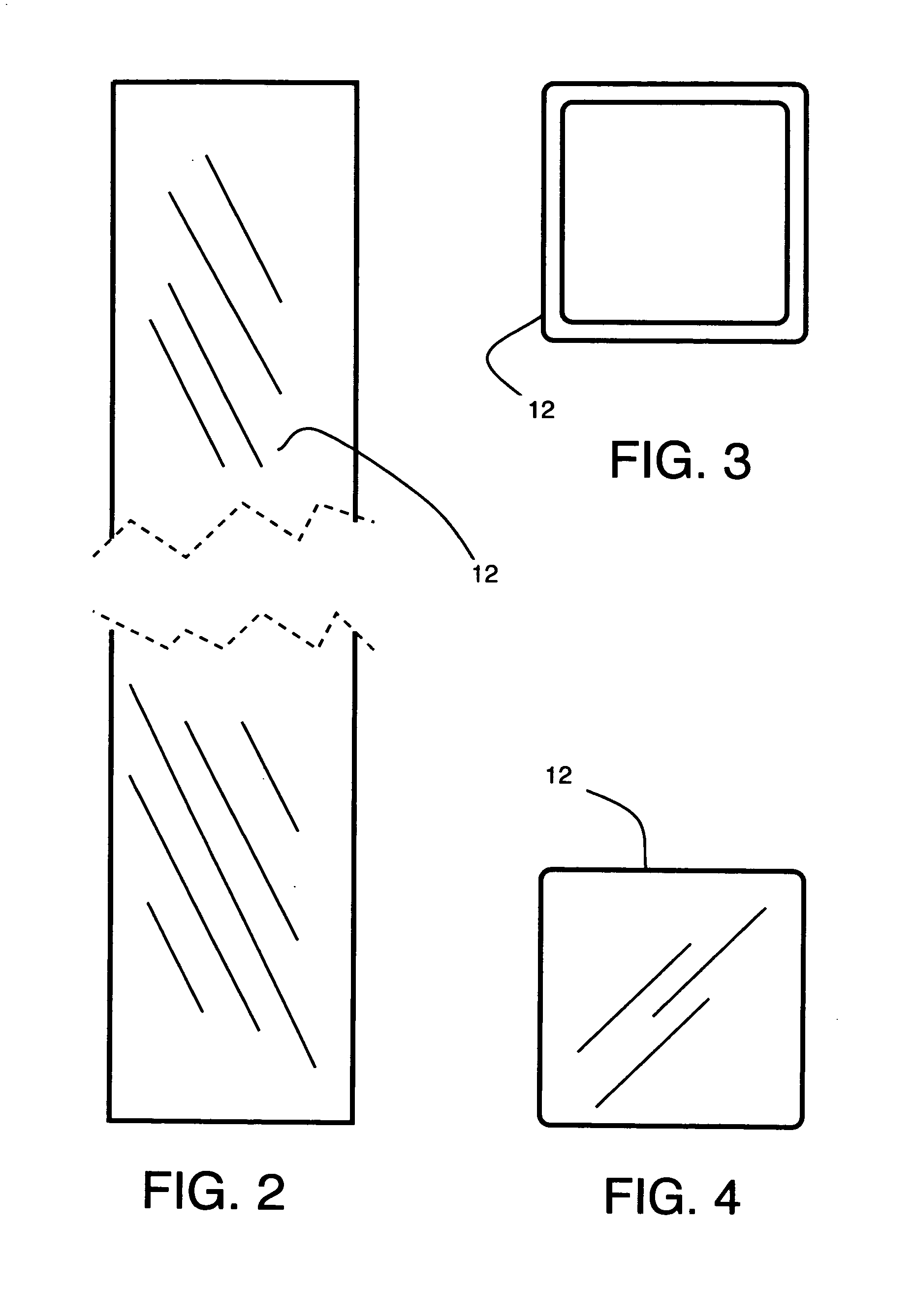Grip protector
a golf club grip and protective shell technology, applied in the field of golf club grip protection sleeves, can solve the problems of degrading the impact-absorbing feature of the golf club grip, wet grips, and wet grips, and achieve the effects of being convenient to store, resisting moisture penetration, and durabl
- Summary
- Abstract
- Description
- Claims
- Application Information
AI Technical Summary
Benefits of technology
Problems solved by technology
Method used
Image
Examples
Embodiment Construction
[0049] The present invention, described herein and illustrated in the accompanying figures of the drawing, is portrayed through the use of exemplary embodiments that represent its spirit and scope. Further, in the various figures, certain components may be omitted to more clearly illustrate a particular aspect of the invention. And, those skilled in the art will appreciate that various combinations of elements, substitutions of elements, omissions and deletions of elements will not deviate from the spirit and intent of the present invention. The scope of the invention shall be limited only by the appropriate construction of the claims that follow.
[0050] In a first embodiment, the present invention comprises a golf-club grip protection device enabled to protect six golf-club grips simultaneously and is illustrated in FIGS. 6-8, for example. Accordingly, two rows consisting of three adjacent grip sleeve-body protection compartments 12 are combined. The configuration and construction ...
PUM
 Login to View More
Login to View More Abstract
Description
Claims
Application Information
 Login to View More
Login to View More - R&D
- Intellectual Property
- Life Sciences
- Materials
- Tech Scout
- Unparalleled Data Quality
- Higher Quality Content
- 60% Fewer Hallucinations
Browse by: Latest US Patents, China's latest patents, Technical Efficacy Thesaurus, Application Domain, Technology Topic, Popular Technical Reports.
© 2025 PatSnap. All rights reserved.Legal|Privacy policy|Modern Slavery Act Transparency Statement|Sitemap|About US| Contact US: help@patsnap.com



